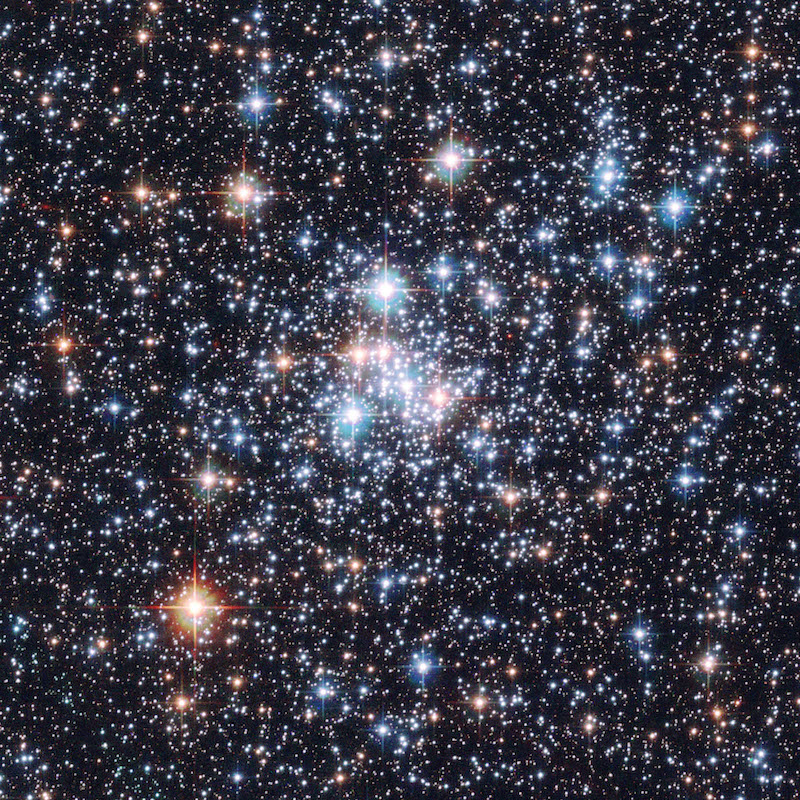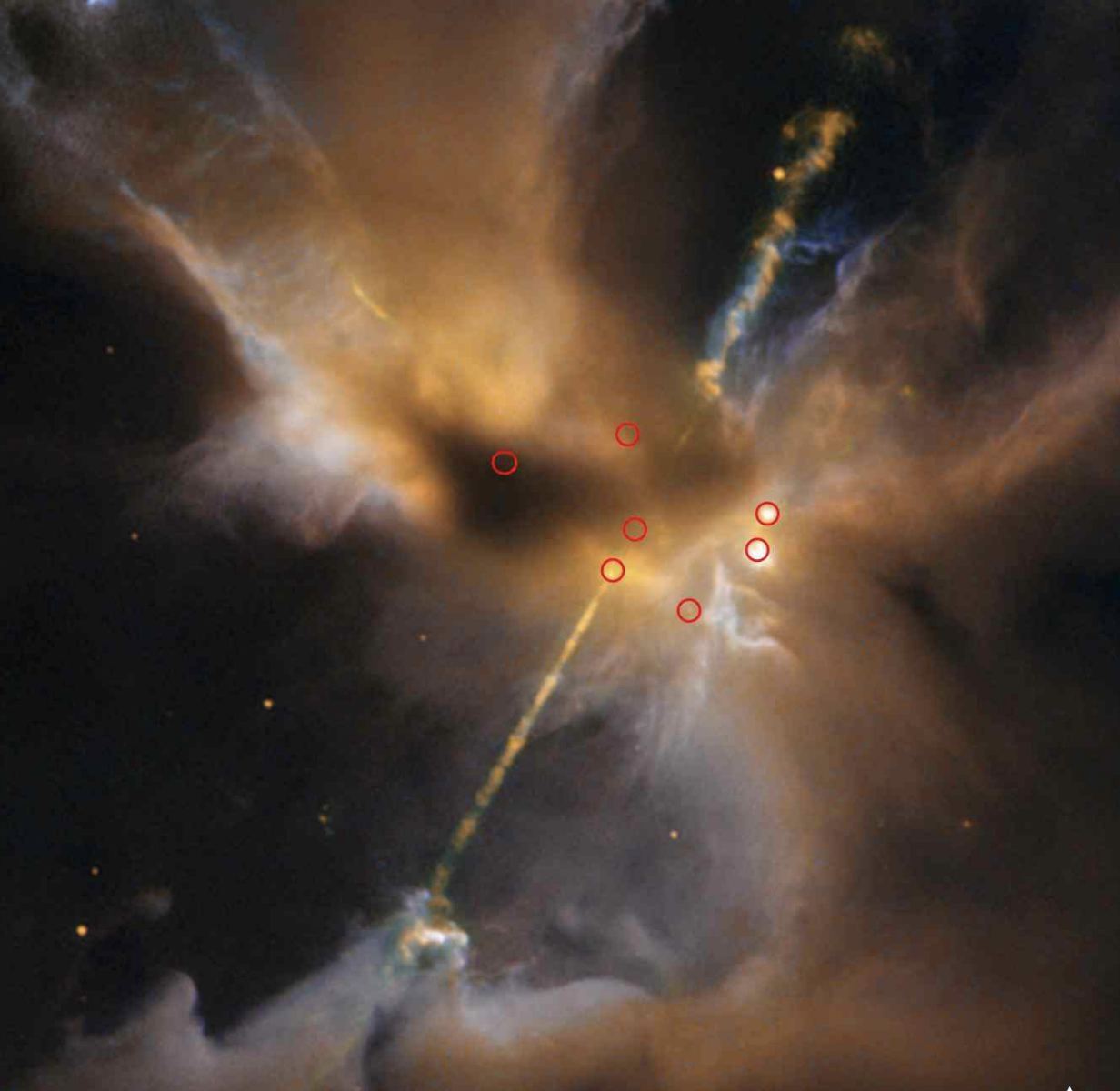Some of the most exciting things that happen in a telescope’s lifetime are its data releases. Gaia, which has been operating since 2013, recently released its third major dataset, and astronomers that weren’t intimately involved in the operation and planning for the project have had some time to pull over. Their studies are starting to pop up in journals everywhere. For example, a new one from a research team, mainly from Guangzhou University, catalogs over 1100 new star clusters, significantly increasing the overall total of these critical components in the structure of the Milky Way.
Continue reading “Astronomers Find 1,179 Previously Unknown Star Clusters in Our Corner of the Milky Way”Water’s Epic Journey to Earth Began Before the Sun Formed
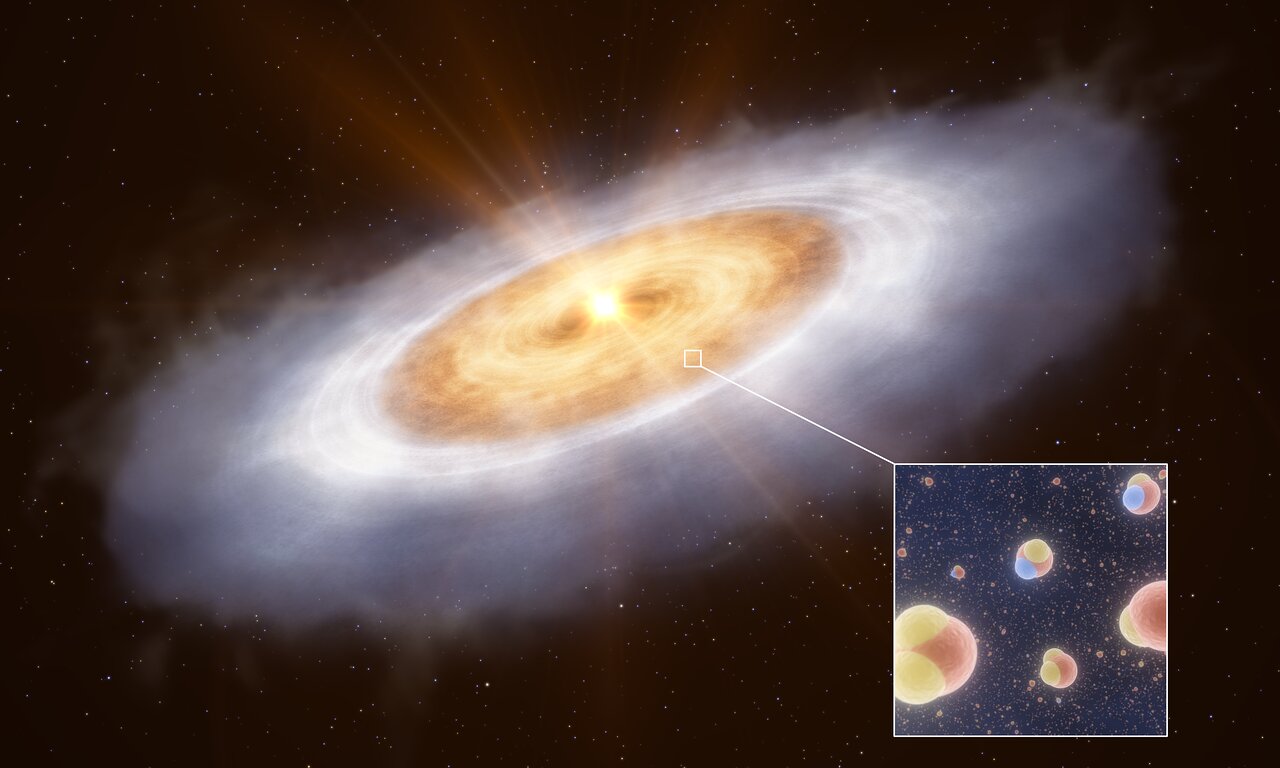
The origins of Earth’s water is a complicated mystery that scientists have been untangling for decades. Life is impossible without water, so the origin of Earth’s life-giving water is a foundational question. As the power of our telescopes grows, researchers have made meaningful headway on the question.
Previous research uncovered links between Earth’s water and the Solar System’s comets and icy planetesimals. But newer research follows the chain back even further in time to when the Sun itself had yet to form.
Continue reading “Water’s Epic Journey to Earth Began Before the Sun Formed”Speedrunning Star Formation in the Cygnus X Region
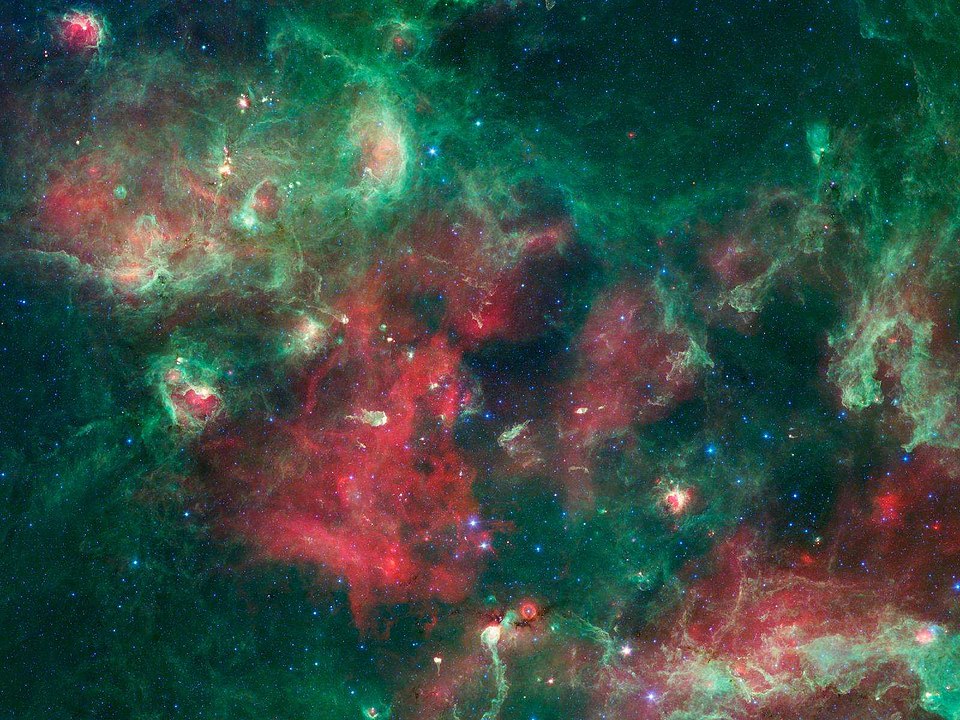
Stars are born in molecular clouds, massive clouds of hydrogen that can contain millions of stellar masses of material. But how do molecular clouds form? There are different theories and models of that process, but the cloud formation is difficult to observe.
A new study is making some headway, and showing how the process occurs more rapidly than thought.
Continue reading “Speedrunning Star Formation in the Cygnus X Region”Galaxies Aren’t Just Stars. They’re Intricate Networks of Gas and Dust
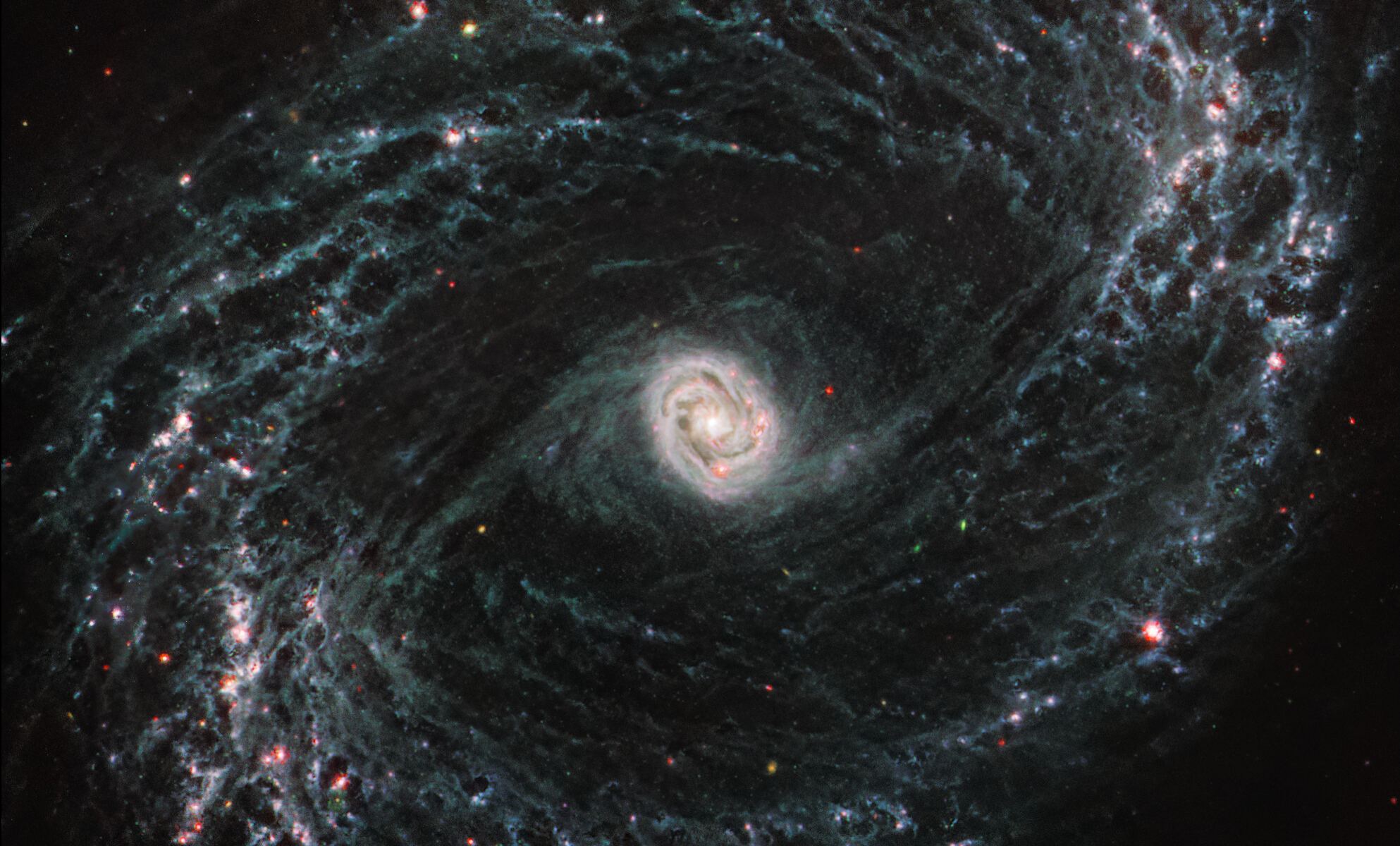
Astronomers have studied the star formation process for decades. As we get more and more capable telescopes, the intricate details of one of nature’s most fascinating processes become clearer. The earliest stages of star formation happen inside a dense veil of gas and dust that stymies our observations.
But the James Webb Space Telescope sees right through the veil in its images of nearby galaxies.
Continue reading “Galaxies Aren’t Just Stars. They’re Intricate Networks of Gas and Dust”Hubble’s New View of the Tarantula Nebula

The Tarantula Nebula, also called 30 Doradus, is the brightest star-forming region in our part of the galaxy. It’s in the Large Magellanic Cloud (LMC) and contains the most massive and hottest stars we know of. The Tarantula Nebula has been a repeat target for the Hubble since the telescope’s early years.
Continue reading “Hubble’s New View of the Tarantula Nebula”
Face-on View of Galaxy NGC 4303 Reveals its Arms are Filled with Active Star Formation
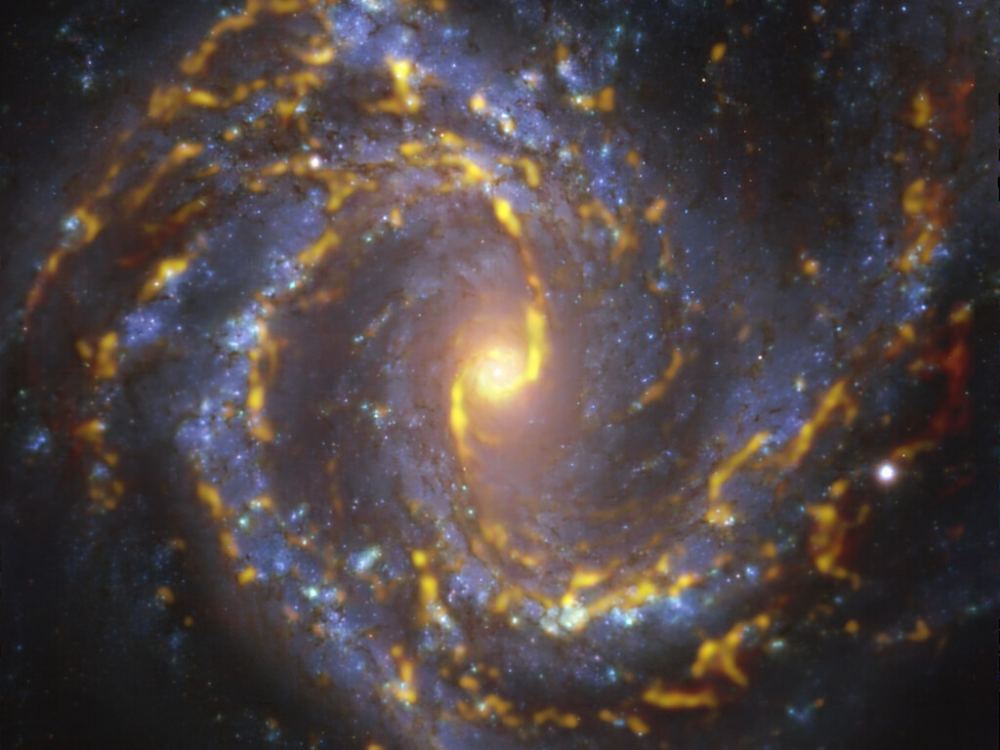
Galaxies fill a lot of roles in the universe. The most obvious one is star formation factories. Without that activity, the cosmos would be a very different place. The European Southern Observatory and the Atacama Large Millimeter Array recently zeroed in on the galaxy NGC 4303. Their goal: to take a multi-wavelength view of its star formation activity.
Continue reading “Face-on View of Galaxy NGC 4303 Reveals its Arms are Filled with Active Star Formation”A.I. Finds a New Way to Build Multiple-Star Systems
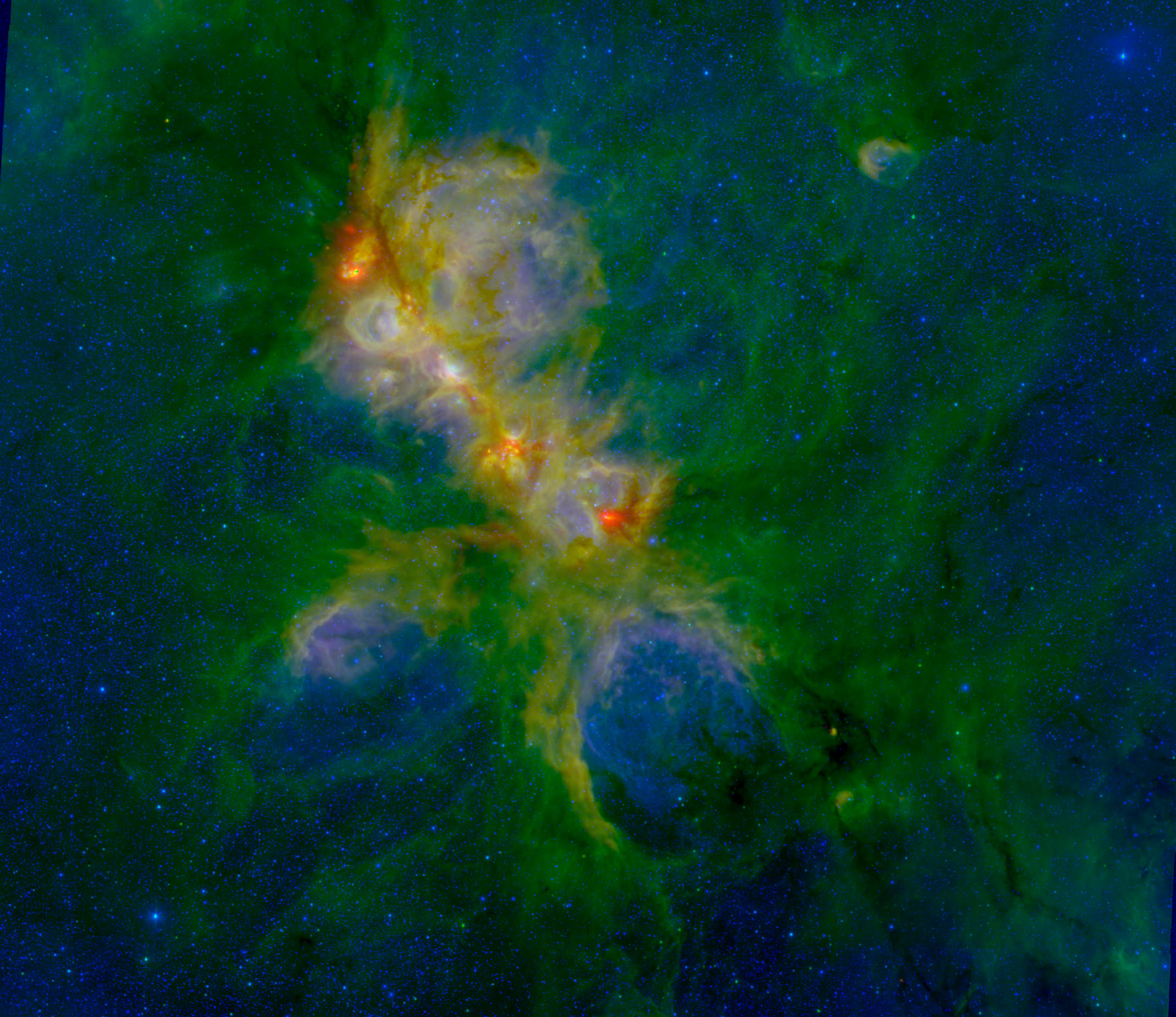
Over over 50% of high mass stars reside in multiple star systems. But due to their complex orbital interactions, physicists have a difficult time understanding just how stable and long-lived these systems are. Recently a team of astronomers applied machine learning techniques to simulations of multiple star systems and found a new way that stars in such systems can arrange themselves.
Continue reading “A.I. Finds a New Way to Build Multiple-Star Systems”Molecular Clouds Have Long Lives By Constantly Reassembling Themselves
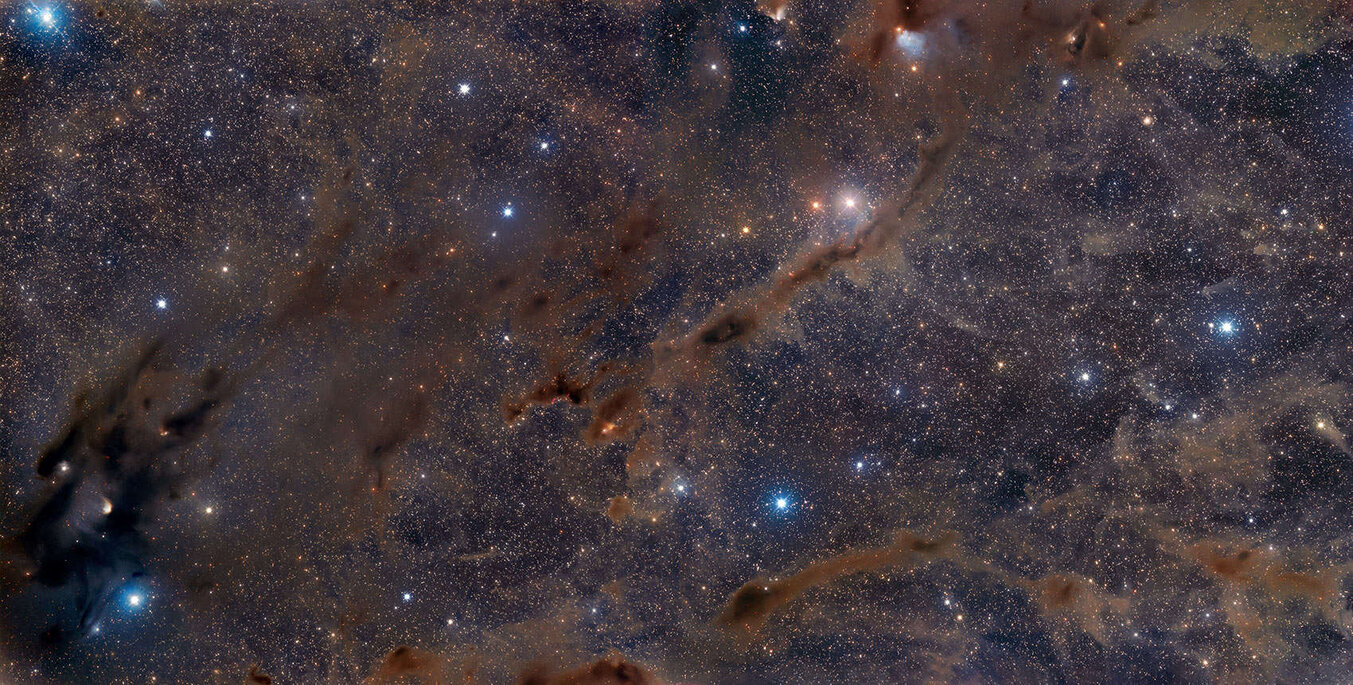
Astronomers have recently discovered that giant clouds of molecular hydrogen, the birthplace of stars, can live for tens of millions of years despite the facts that individual molecules are constantly getting destroyed and reassembled. This new research helps place a crucial piece of understanding in our overall picture of how stars are born.
Continue reading “Molecular Clouds Have Long Lives By Constantly Reassembling Themselves”Astronomers Spot an Orphaned Protostar
Astronomers have performed an impressive suite of observations at multiple wavelengths of the same system, dubbed the HH 24 complex. This complex hosts stars in the process of being born and the impacts of their violent interactions with each other, including the ejection of one of their siblings.
Continue reading “Astronomers Spot an Orphaned Protostar”It’s Feeding Time For This Baby Star in Orion
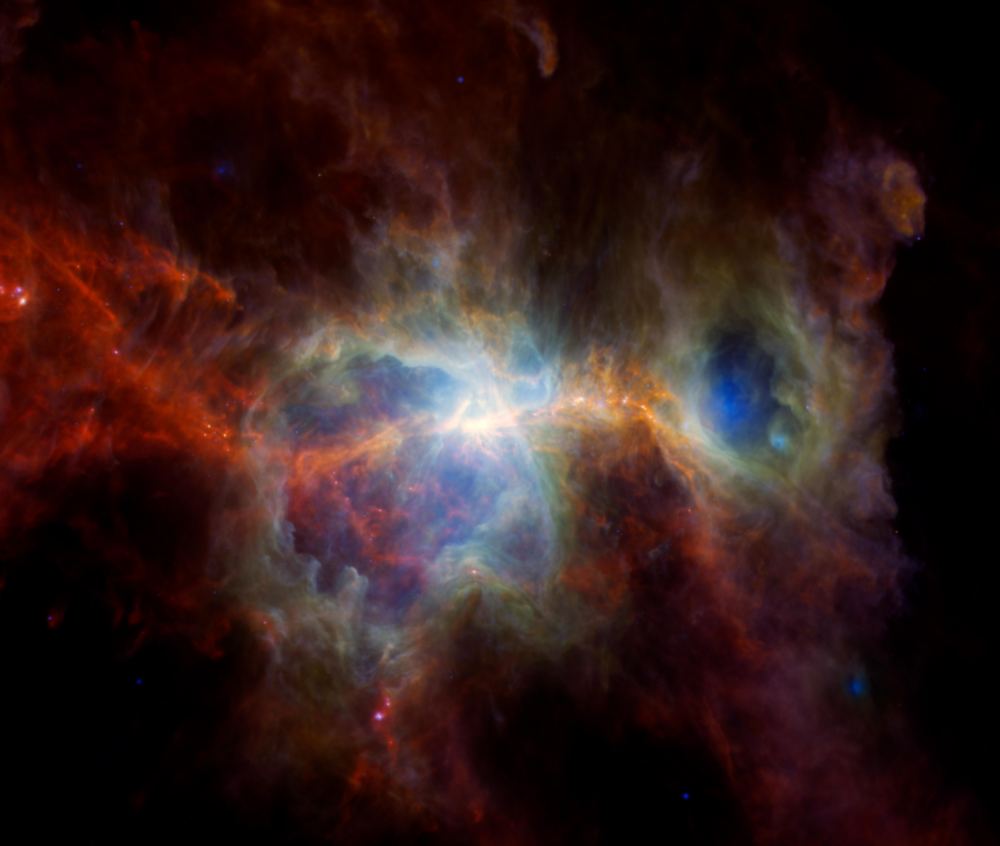
Young protostars are wrapped in what could be called a womb of gas and dust. The gas and dust nearest to them form a circumstellar disk as the stars grow. The disk is a reservoir of material that the star accretes as it grows.
But these stars don’t feed in a predictable rhythm. Sometimes, they experience feeding frenzies, periods of time they accrete lots of material from the disk at once. When that happens, they flare in bright bursts, “burping” as they absorb more material.
Continue reading “It’s Feeding Time For This Baby Star in Orion”
